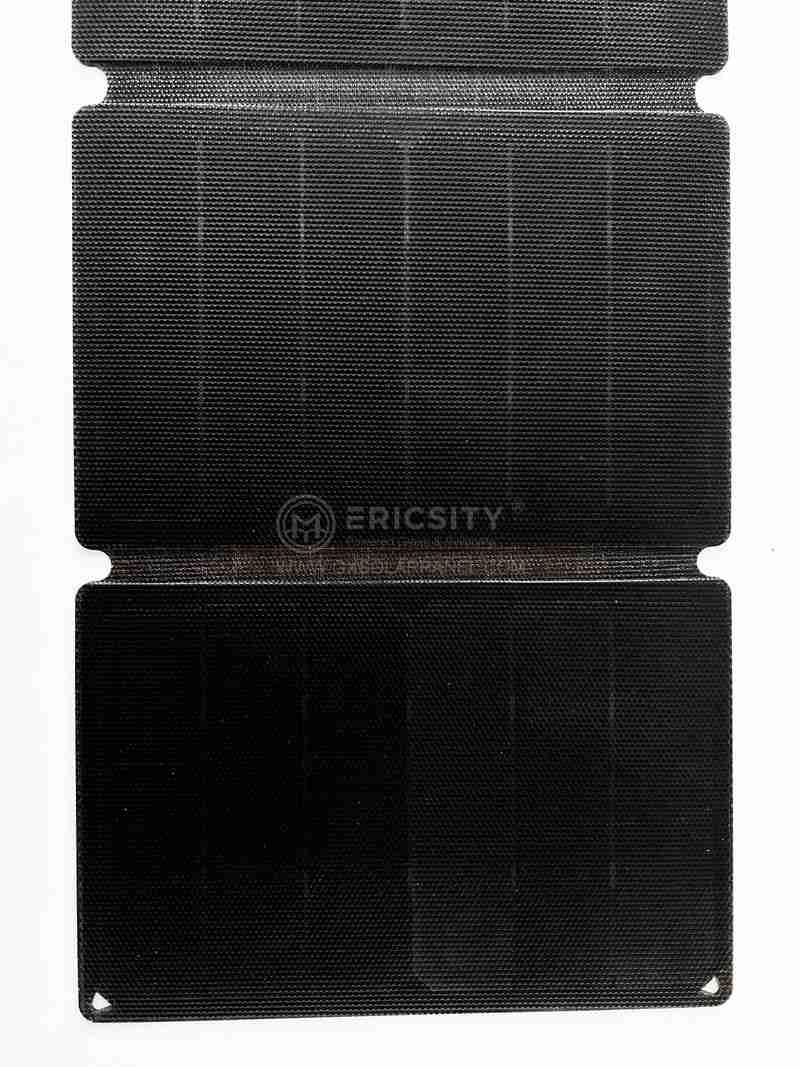HOT PRODUCT
Product Details
Affordable And Innovative: Exploring The Cost Of Flex Panel Solar
Affordable And Innovative: Exploring The Cost Of Flex Panel Solar
Solar energy has become an increasingly popular alternative to traditional sources of power. Among the various solar technologies available today, flexible panel solar, or flex panel solar, has emerged as an affordable and innovative option for harnessing solar energy. In this article, we will delve into the cost aspects of flex panel solar and how it has opened up new opportunities for renewable energy adoption.

Flex panel solar, also known as flexible photovoltaic (PV) panels, is a more recent addition to the solar market. Unlike traditional rigid solar panels, flex panels are made up of ultra-thin and lightweight materials that allow for greater flexibility and easier installation on various surfaces. The ability to conform to curved or irregular structures makes them particularly suitable for applications where rigid panels are not feasible, such as on boats, RVs, or rooftops with complex shapes.

One of the key advantages of flex panel solar is its affordability. The cost of traditional solar panels has decreased significantly over the years, but flex panels take it a step further. Due to their low production costs and lightweight construction, flex panels offer a more cost-effective solution for solar energy generation. They require fewer materials and less energy to manufacture, reducing the overall production cost without compromising on quality or efficiency.
Furthermore, the installation costs associated with flex panel solar are relatively low. Traditional solar panels often require additional mounting structures and complex wiring systems, increasing the labor and material expenses. Flex panels, on the other hand, can be easily adhered to the desired surface using adhesives or fasteners. This simplifies the installation process and reduces the need for specialized equipment, resulting in both time and cost savings.
Despite their affordability, flex panels do not compromise on efficiency. Modern flex panel technologies have made significant advancements in maximizing the energy conversion rates. While the efficiency of flex panels may be slightly lower compared to rigid panels, the difference is minimal and has negligible impact on their overall performance. Flex panels are still highly efficient in converting sunlight into usable electricity, making them a reliable and effective alternative for solar energy generation.
Additionally, the versatility of flex panel solar opens up new possibilities for energy generation. The ability to install solar panels on curved surfaces or in unconventional locations widens the range of applications and increases the potential for solar energy integration. This flexibility is especially useful in urban environments where rooftop space is limited, as well as in mobile settings such as recreational vehicles or marine vessels.

As the demand for renewable energy sources continues to rise, the cost-effectiveness and innovation of flex panel solar make it an attractive option for individuals, businesses, and communities seeking to adopt solar energy. Its affordability, easy installation, and versatility make it more accessible to a wider range of users, allowing for greater participation in the renewable energy transition.
In conclusion, the cost of flex panel solar compared to traditional solar panels is relatively lower due to its lightweight construction, simplified installation process, and overall affordability. The advancements in flex panel technologies have also ensured that their efficiency remains high, while their flexibility opens up new opportunities for solar energy integration. With its combination of affordability and innovation, flex panel solar is poised to play a significant role in enabling a sustainable and cleaner energy future.




